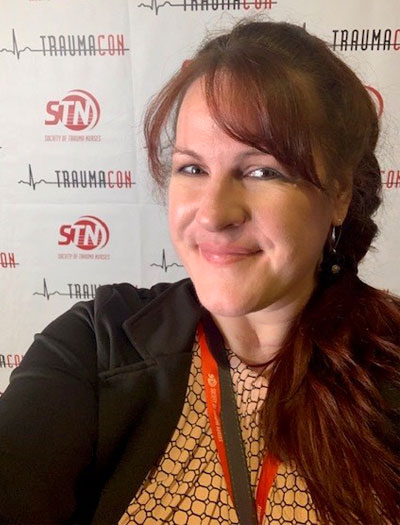
Katherine Bendickson, BSN, RN
Chair, Geriatric Committee
In the United States, trauma is the fifth leading cause of death in elderly patients and a significant cause of mortality in those over the age of 651. Due to the increasing geriatric population, trauma centers nationwide have found it necessary to more closely examine care delivery to this unique population.
The Society of Trauma Nurses in collaboration with the Hartford Institute for Geriatric Nursing has put together the following resources for the clinicians to assist them in the care of the older adult.
This collaboration was made possible by a grant awarded to The Society of Trauma Nurses by the Hartford Institute for Geriatric Nursing at the New York University College of Nursing as part of an initiative called REASN (Resourcefully Enhancing Aging in Specialty Nursing).
- Developing a Geriatric Trauma Program
- Geriatric Guidelines
- Geriatric IP/Falls
- Demographics & Statistics
- Clinical Resources/Tools
- Considerations for the Anticoagulated Trauma Patient
- Anticoagulated Trauma Patient
- Elder Abuse Guidelines
- Fall Risk Assessment Guidelines
- Nutrition in the Geriatric Trauma Patient
- Pain Management
- Triage Activation Criteria for Geriatrics
- Helpful Links/Resources
Katherine started her medical journey as a Spokane Volunteer Fire Fighter in her father's footsteps when she was 16. From the intense fire department her love of emergency and trauma medicine flourished. She graduated from Washington State University with a bachelor's in science and nursing and a job waiting in Anchorage, AK where her husband was stationed in the Army. After working a year on the medical surgical/stepdown unit she moved to into the Emergency Department. After many adventures and medical stories, she landed in Seattle, WA. Katherine's background includes working as a Sexual Assault Nurse Examiner, working several trauma centers from 1-4, and caring for all ages and backgrounds in the process. Currently she is the Trauma Program Coordinator at Valley Medical Center, a Level III trauma facility near Seattle, WA. As chair of the Geriatric Committee, she hopes to bring her knowledge, passion, and drive to create the best outcomes for such a large part of the trauma population that is frequently underserved.
On her off time, she performs German Folk Dancing, volunteers with a costume/cosplay group called Costumed Characters for Causes, teaches Stop the Bleed, takes Brazilian Jui Jitsu, loves to read and spend time with her amazingly supportive two kids and husband who listen to all her gory stories.
1 American College of Surgeons, 1997:26
